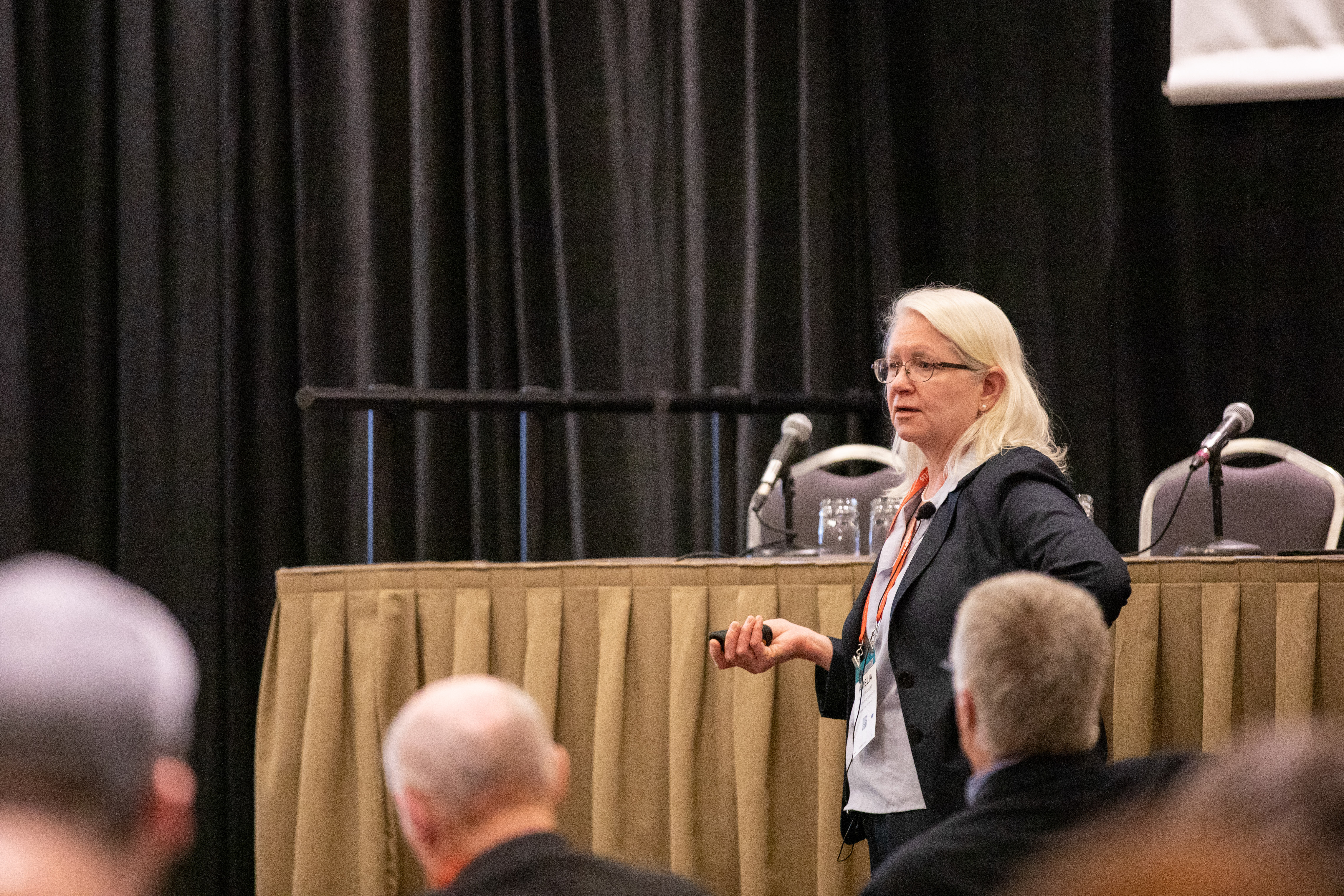
The Resistance Part II: The bacteria battle
Antibiotics have their work cut out for them
by Miranda Reiman
April 22, 2020
Penicillin was introduced in 1928, antibiotic resistance followed in the decades after. Methicillin came next, a year later its first resistant bacteria were detected. So it’s not surprising that common cattle cures are now subject to the same fate.
“For many years, the bacteria that caused [bovine respiratory disease] didn’t seem to be becoming resistant,” says Amelia Woolums, Mississippi State University veterinarian. New data from the last decade show they’ve not only developed it, but “surprisingly, they have developed resistance to multiple different antibiotics, and that can become evident even when we treat cattle with just one.”
Treatment with one drug may lead to less effective options the next time around, no matter the class.
“If a cow has an antibiotic-resistant bacteria that’s causing an infection, the cow many not get better if we treat it with antibiotics,” she warns.
But how does it happen in the first place?
Different classes of antibiotics work to defeat bacteria in different ways, like disrupting the cell wall or membrane, inhibiting protein synthesis or DNA replication, or altering the metabolism.
“Antibiotics basically block or prevent different things the bacteria have to do to live, or destroy structures of the bacteria,” Woolums says. “If the bacteria change those things so the antibiotic no longer works, that’s how they become resistant. The sensitive ones are killed and that just leaves the resistant ones, and they get together and say, ‘Let’s have a family.’”

They use several different tactics for building resistance, such as:
- Genetic mutation. That’s the spontaneous change in a portion of the DNA of the bacteria. “If the protein changes, and that’s the target of the antibiotic, it no longer works,” Woolums says. That change is coded into the bacteria’s progeny, too, so it passes on the resistance.
- Efflux. “That basically pumps the antibiotic right out,” she says. The drugs aren’t in the cells long enough to work.
- Destruction by enzymes. “Many bacteria possess genes that then produce enzymes that chemically degrade or inactivate the antibiotics.”
“Research shows bacteria are very generous with their DNA,” Woolums says, noting they can share them across different kinds of organisms.
A Pastuerella or Mannheimia can pass along resistant chunks of DNA—called integrative and conjugative elements, or ICE—to E.coli or salmonella, for example.
“Bacteria replicate at crazy rates,” she says. So when one of these mutations sticks, very quickly there are millions of cells with the same tactics. “It’s survival of the fittest.”
Producers can help in the battle against resistance.
“Keeping cattle healthy really should be the first focus,” Woolums says. “We were so lucky in the last half of the 20th century to come up with new antibiotics that did some amazing things.”
But the penicillin example is bound to keep repeating itself.
“We really should try to focus on husbandry and things that keep cattle healthy,” she says, “using antibiotics only when we really need them.”
You may also like
$100,000 Up for Grabs with 2024 Colvin Scholarships
Certified Angus Beef is offering $100,000 in scholarships for agricultural college students through the 2024 Colvin Scholarship Fund. Aspiring students passionate about agriculture and innovation, who live in the U.S. or Canada, are encouraged to apply before the April 30 deadline. With the Colvin Scholarship Fund honoring Louis M. “Mick” Colvin’s legacy, Certified Angus Beef continues its commitment to cultivating future leaders in the beef industry.
Raised with Respect™ Cattle Care Campaign Launched This Fall
Raised with Respect™ was developed as part of a strategic cattle care partnership between Sysco and CAB. The collaboration focuses on supporting farmers and ranchers, equipping them with continuing education to stay current on best management practices and helping to increase consumer confidence in beef production.
Drought Impact and Cattle Industry Dynamics
As drought conditions persist across much of cattle country, farmers and ranchers are at a pivotal juncture in the cattle industry’s landscape. What impact does this prolonged dry spell have on the nation’s herd numbers? When will heifer retention begin? How will industry dynamics influence the spring bull sale season?
